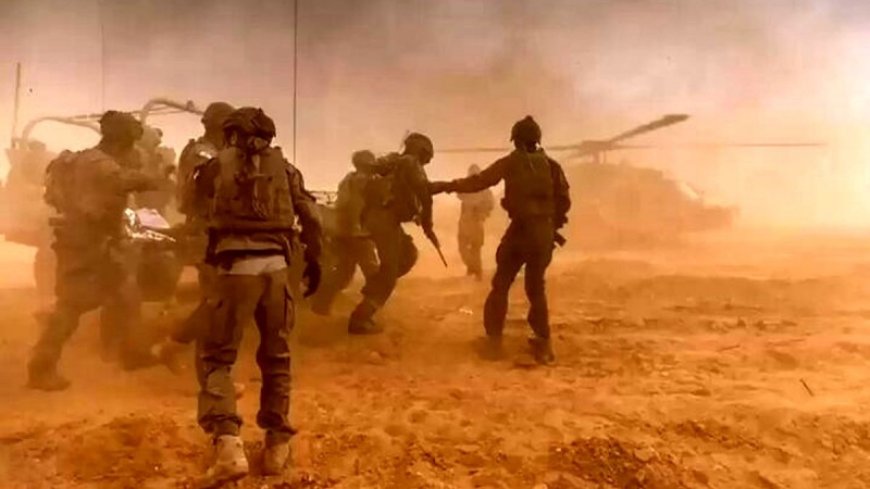Strategic Victory of Hezbollah: Israeli Army Suffers Significant Losses on the Lebanese Border
Recent confrontations along the Lebanese border have fundamentally changed the nature of combat between Hezbollah and the Israeli army, causing analysts to say Israel's aspirations to control southern Lebanon to have backfired. Release of statistical data by the Lebanese Resistance exposes shockingly high losses for the Israeli Defense Forces (IDF), with damage estimates and casualty counts exceeding those of the 2006 battle.

Recent confrontations along the Lebanese border have fundamentally changed the nature of combat between Hezbollah and the Israeli army, causing analysts to say Israel's aspirations to control southern Lebanon to have backfired. Release of statistical data by the Lebanese Resistance exposes shockingly high losses for the Israeli Defense Forces (IDF), with damage estimates and casualty counts exceeding those of the 2006 battle.
Reports from Hezbollah indicate that in the most recent clashes the IDF sustained 750 injuries and 90 dead. Among the military items destroyed were 38 "Merkava 450" tanks, one "Hermes 900" air defense system, four military bulldozers, and other vehicles. These numbers hardly reflect the actual expenses paid since they ignore losses suffered in military camps, barracks, and Israeli colonies.
By contrast, the Israeli army had earlier documented 85 casualties in just two days of battle, while 75 troops had died over the last month. Indicating a dire scenario for the IDF, the Israeli Ministry of Health said that 784 injured troops have been taken to hospitals in northern Israel since mid- October.
Leader of the Israeli opposition, Yair Lapid, has publicly attacked how the situation is being handled by the Netanyahu Government. Speaking with Channel 12, he asserted that although deaths reach 890, the real count of injured troops is more than 11,000. "If the cabinet doesn't act forcefully, we may see more soldiers killed," he cautioned, underlining the immediate need of a review of the military strategy.
Reporting a mood of anxiety and terror in the northern front, where residents wake to the sound of air raid sirens, Israeli media sources have reflected these ideas. Analysts point out that Hezbollah has quickly recovered its might, rendering southern Lebanon a dangerous territory for Israeli troops.
Former Israeli Air Force commander General Ilan Pato said Hezbollah is intentionally using a war of attrition against Israel and has kept its missile capability. Emphasizing the group's capacity to methodically target important sites, he said, "Hezbollah's tactics are well-calibrated."
Hezbollah has shown organizational discipline and resiliency despite the difficulties following the deaths of notable leaders, notably Seyed Hassan Nasrallah. By means of rocket strikes, bombings, and anti-armaments missiles, the group has successfully offset Israeli ground attacks.
Hezbollah's unrelenting offensives have caused many people living in northern Israeli territory to be displaced, therefore reflecting a major psychological effect on the populace. The restoration to normalcy gets more difficult with every rocket attack, which drives people to flee into shelters instead of back to their houses.
Military analysts have demanded a review of the Israeli government's strategy toward Hezbollah in light of the continuous battle and great toll on Israeli forces. Analysts say the organization not only maintained its military might but also deftly outmaneuvered the Israeli army in most recent operations. The ramifications for regional stability remain great as the situation develops.













































